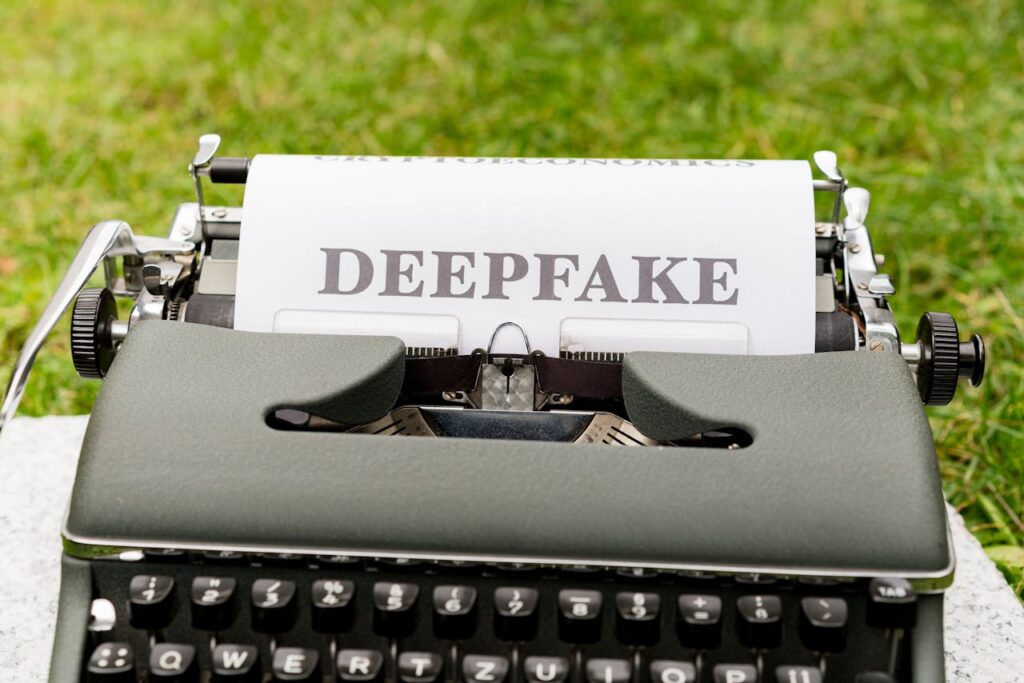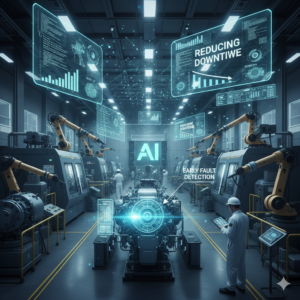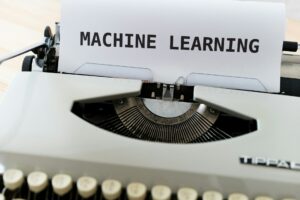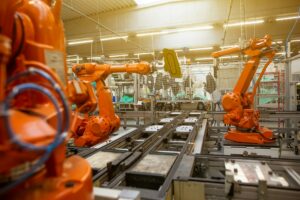How Artificial Intelligence and Deepfake Detection Are Helping Technology Fight Back Against Misinformation

How Artificial Intelligence and Deepfake Detection Are Helping Technology Fight Back Against Misinformation
Deepfakes have arisen as one of the most concerning difficulties of the digital era, which is particularly concerning given that the old adage “seeing is believing” is no longer applicable. The dissemination of false information, the manipulation of public opinion, the smear of persons, and the danger to the credibility of true evidence are all being accomplished via the use of audio, video, and photos that appear quite convincing but are completely phony. Nevertheless, as this danger increases, so does the technology that is meant to combat it, and the artificial intelligence itself is at the core of this defense.
In the year 2025, artificial intelligence is performing a dual function: it is both the developer of deepfakes and the guard against them. Let’s investigate how artificial intelligence is assisting us in identifying deep fakes, the progress that has been done up to this point, the hurdles that are still present, and the reasons why this technological conflict is not yet ended.
Can you explain what deepfakes are and why they pose such a threat?
The term “deepfakes” refers to synthetic material that is produced via the use of deep learning methods, most notably generative adversarial networks (GANs). These techniques are capable of effectively imitating the voice, face, and mannerisms of actual people. Through the use of deepfake videos, it is possible to create the impression that a politician is confessing to a crime that they have never done or that a celebrity is promoting a product that they have never tried.
- Deep fakes are particularly worrisome because of the fact that they have the ability to:
- Put people’s faith in the media and information at risk.
- During elections or wars, fuel efforts that spread spreading falsehoods.
- Through the use of false controversies, reputations or careers might be damaged.
- Disseminate false information or impersonate members of the family or authorities.
The level of realism that contemporary deepfakes have reached has increased to the point that even experienced eyes often have difficulty distinguishing between genuine and fake, which is why detection technology is very necessary.
Using Artificial Intelligence to Identify Deep Fakes
It is ironic that the identical technologies that are used to make deepfakes, namely neural networks and deep learning, are also being utilized to identify them. Researchers and tech businesses have been working together over the last several years to build sophisticated tools driven by artificial intelligence that are able to identify small signs that deepfakes leave behind.
And this is how it operates:
1. Inconsistencies in facial movements and expressions might be identified as the first step.
Deepfakes, even those of excellent quality, often suffer when it comes to real human emotions. Microexpressions, eye blinking patterns, lip-sync difficulties, and facial muscle dynamics that may look unnatural or inconsistent are all things that are measured by artificial intelligence models.
2. Conducting an Analysis of Audio-Visual Sync
Fake movies often have minute inconsistencies between the audio and the movement of the lips. Artificial intelligence systems are able to scan frames by frames in order to identify these desynchronizations, which are something that is very difficult to spot with the human eye.
3. Investigating Artifacts Caused by Pixels and Lighting
A great number of deepfakes have minute anomalies in terms of lighting, shadows, and different skin textures. It is possible for artificial intelligence algorithms that have been trained on vast datasets to recognize these minor variations, particularly when comparing known genuine video of the subject.
4. The identification of watermarks and provenance
There are currently services that make use of cryptographic watermarking and metadata tagging in order to determine the origin of a video. Content that does not have the appropriate provenance may be flagged by AI systems, which are able to indicate that it may have been modified or manufactured artificially.
Leading Technologies and Projects That Are Putting Up a Fight
A number of prominent firms are making significant investments in the identification of deep fakes. According to the year 2025, the following are some of the most noteworthy instruments and initiatives:
- Microsoft Video Authenticator is a program that uses artificial intelligence to examine photographs and videos and then assigns them a confidence level based on how real they are.
- DFDC stands for Meta’s Deepfake Detection Challenge, which is a worldwide competition that crowdsourced improved detection models by utilizing a shared dataset.
- Reality Defender is a browser application that is driven by artificial intelligence and works in real time to search for indications of manipulation in digital information.
- The Adobe Content Authenticity Initiative is a program that assists content producers in the process of adding verification data to their material in order to preserve trust and transparency.
Rather than being only academic initiatives, these technologies are now being included into many platforms, such as TikTok and YouTube, as well as government organizations, in order to assist in preventing the dissemination of harmful disinformation.
It is a never-ending arms race, which is the challenge.
The identification of deep fakes continues to be a difficult task, despite the substantial progress that has been made. The generating methods are also improving in tandem with the detecting tools. This results in a game of cat-and-mouse, in which malicious actors discover novel methods to avoid detection by using the following:
- Learning from detectors and modifying outputs to make them look more realistic are examples of adaptive GANs.
- formats that are either low-resolution or compressed, which hide potential warning indications.
- Voice cloning that includes emotional depth, which makes it more difficult to identify sounds.
Furthermore, even genuine media might be called into question merely due to the fact that people are now aware that deep fakes exist. This phenomenon, which is referred to as the “liar’s dividend,” enables persons who are guilty to disregard genuine evidence as being phony, which further exacerbates the crisis of confidence.
What Comes Next: Integrating Intelligence with Human Supervision
AI has a lot of potential, but there is no one system that is flawless. It is expected that the most effective defenses will include numerous strategies:
- A combination of human fact-checkers and artificial intelligence techniques.
- The verification of material using blockchain technology to track its origins.
- People are being educated via public awareness efforts on how to identify fakes.
- There are restrictions imposed by the government that hold platforms responsible for filtering manufactured material.
In addition, multimodal artificial intelligence systems, which are capable of concurrently analyzing text, images, and audio, are playing an increasingly important role in the development of more powerful detection engines.
What Implications Do Governments and Social Media Have?
There is a lot of pressure being put on platforms like as X (which was previously known as Twitter), YouTube, and Instagram to take preventative measures in recognizing and reporting information that has been corrupted. Many have begun marking material that was created by artificial intelligence and providing content verification tools to those who create it.
Additionally, governments from all across the globe are taking action. The DEEPFAKES Accountability Act is now being discussed in the United States, while the Artificial Intelligence Act in the European Union mandates that synthetic media be made transparent. However, enforcement continues to be an issue, particularly when it comes to platforms that move quickly and across borders.
The conclusion is that technology is not the enemy; rather, it is the solution.
The truth and confidence in our digital lives are really put in jeopardy by deepfakes, which are dangerous. Technology, and artificial intelligence in particular, is also our most potent ally in the battle against it. We will be able to maintain our lead in this digital arms race so long as detection technologies continue to advance at a quicker rate than methods for the manufacture of fakes, and as long as people continue to remain aware and wary.
In the end, the answer is not only advancements in technology. The combination of increasingly intelligent algorithms, platforms that are more transparent, proactive governance, and a public that is digitally savvy is what makes this possible. The combination of these two elements is the true defense against the era of misinformation.




